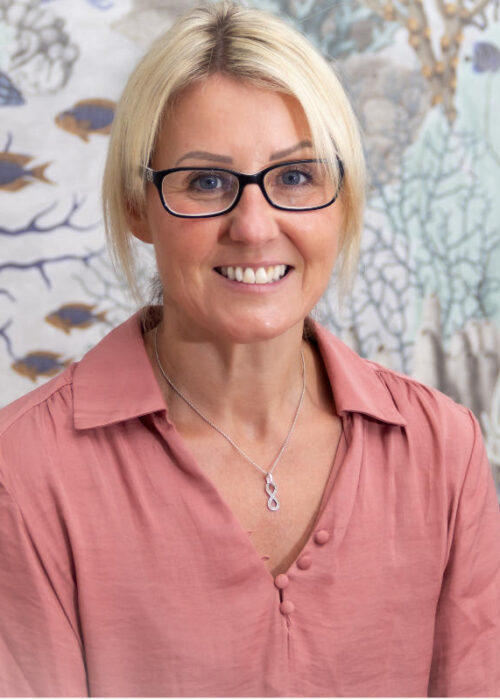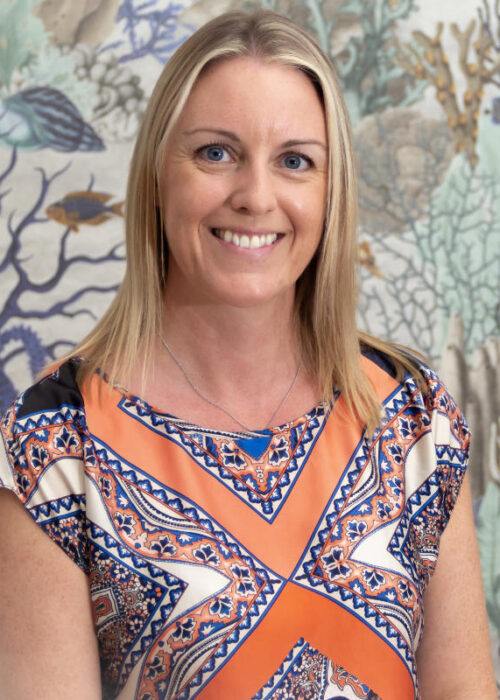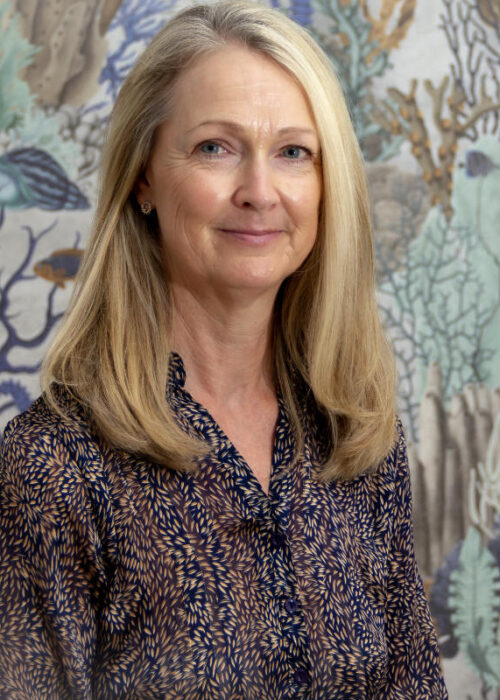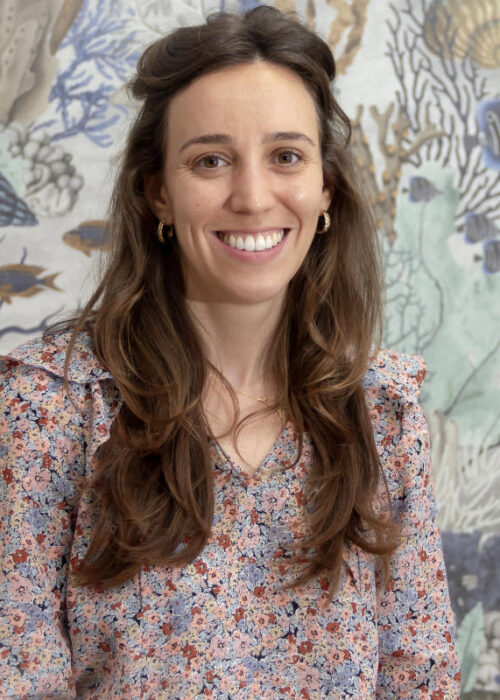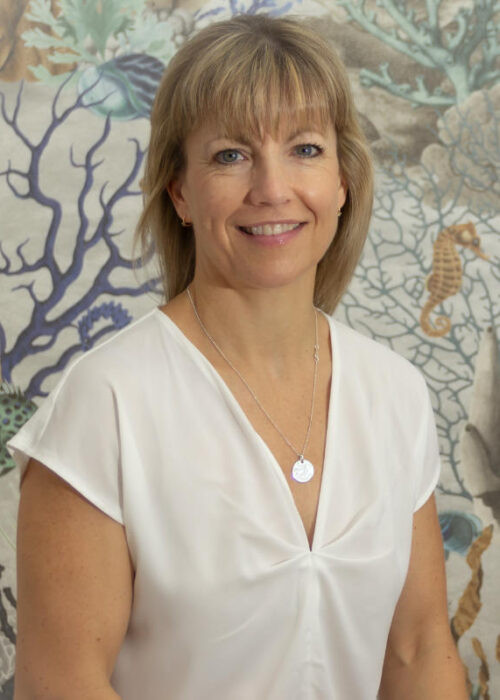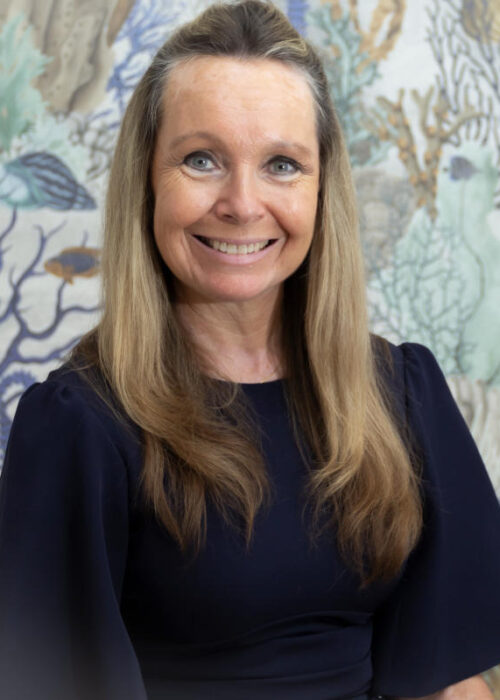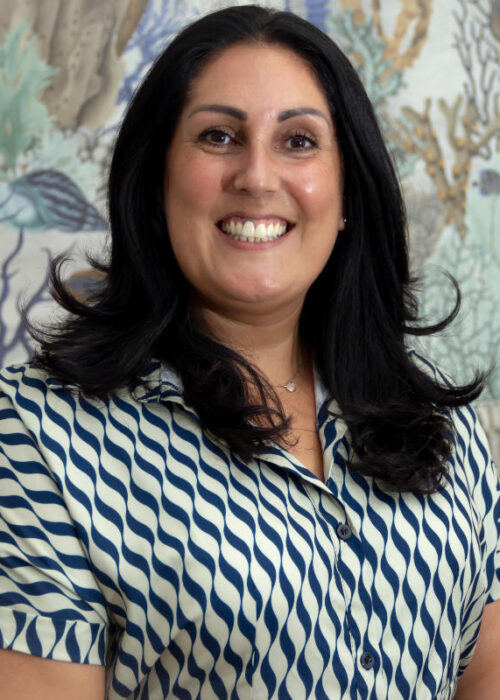 Our main primary data is now focused on the beach inclination and width to measure plastic pollution. Last weekend, our team attended a beach clean, where we could clearly see the build-up of plastic debris in the sea, washed away by the river. During this period of time, we discovered how to measure beach inclination and width, and this weekend we will be carrying out our first set of data at our local beach. We are looking at how as the climate gets warmer, the waves get more powerful therefore, the angle of the beach gets steeper and the total width of the beach shrinks. This is what we are analysing. The San Pedro beach, is a perfect example of the build-up of plastic debris in the sea. It contains a river, with a dam which leads into the sea. Our aim is to gather at least two sets of data each month, to ensure we have a sufficient amount for comparisons. We will also measure the beach width after a particularly rainy period of time to compare the difference.
Our main primary data is now focused on the beach inclination and width to measure plastic pollution. Last weekend, our team attended a beach clean, where we could clearly see the build-up of plastic debris in the sea, washed away by the river. During this period of time, we discovered how to measure beach inclination and width, and this weekend we will be carrying out our first set of data at our local beach. We are looking at how as the climate gets warmer, the waves get more powerful therefore, the angle of the beach gets steeper and the total width of the beach shrinks. This is what we are analysing. The San Pedro beach, is a perfect example of the build-up of plastic debris in the sea. It contains a river, with a dam which leads into the sea. Our aim is to gather at least two sets of data each month, to ensure we have a sufficient amount for comparisons. We will also measure the beach width after a particularly rainy period of time to compare the difference.
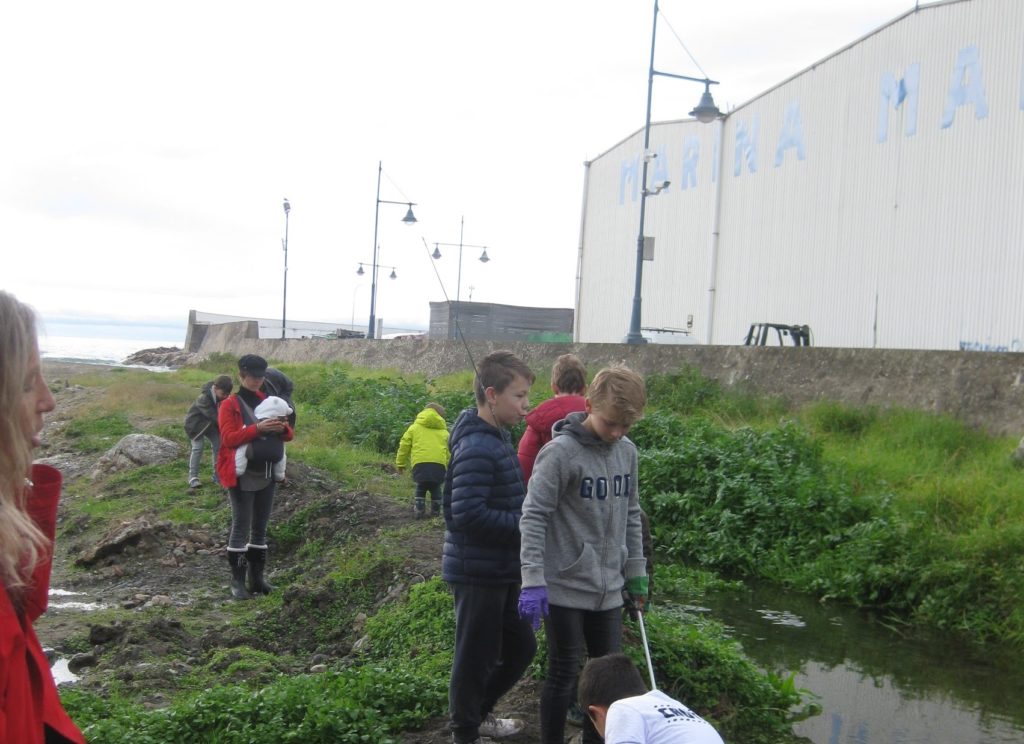
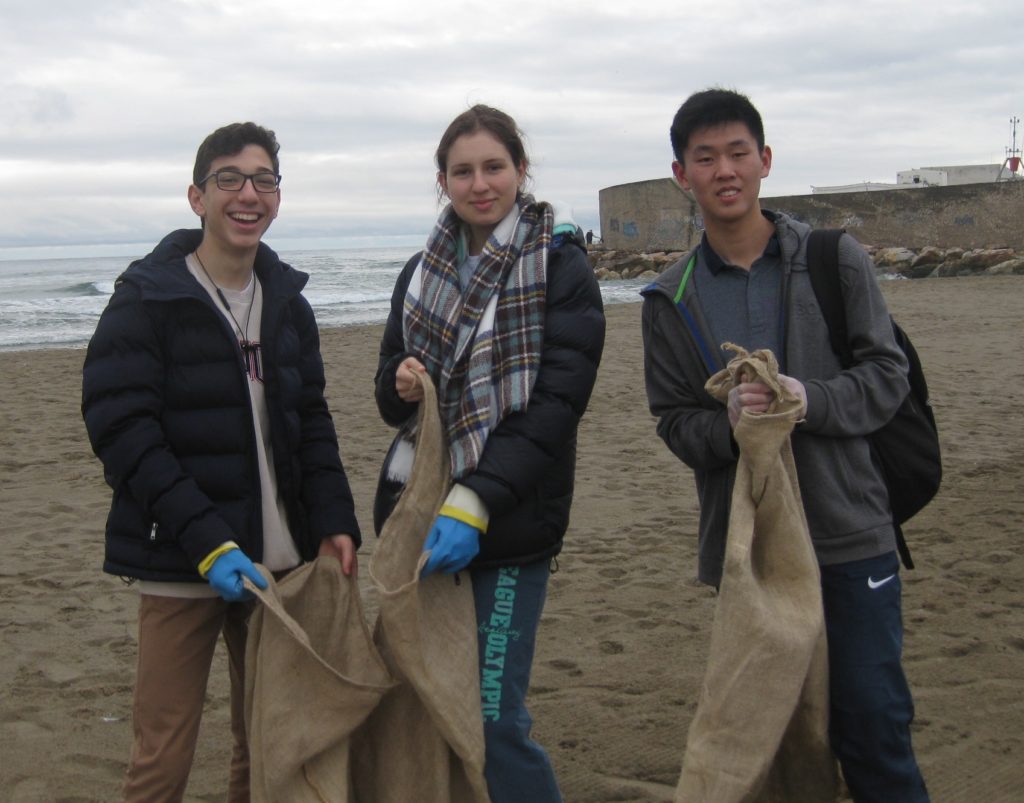 In addition, we are also focusing on the plastic debris as our second source of primary data. We are separating microplastics from the sand specimens we collected at the beach clean last Saturday, using a sand shaker. We collected sand from the sea shore and near to the leisure facilities, which are popular local tourist sites.
In addition, we are also focusing on the plastic debris as our second source of primary data. We are separating microplastics from the sand specimens we collected at the beach clean last Saturday, using a sand shaker. We collected sand from the sea shore and near to the leisure facilities, which are popular local tourist sites.
Our weather station, which is located on the Primary school roof, is being secured to ensure it is functioning perfectly, and we should start collecting primary data over the next couple of weeks. At the moment, we are ensuring that the connection is strong enough. We are also intending to set up the weather station permanently, and establish our own web page with the primary data.
Furthermore, we are in the process of contacting local authorities, and local eco companies, who could provide us with secondary data and information. We are also proceeding to interview the main organisers. We are also contacting the local Málaga airport to collect secondary data.
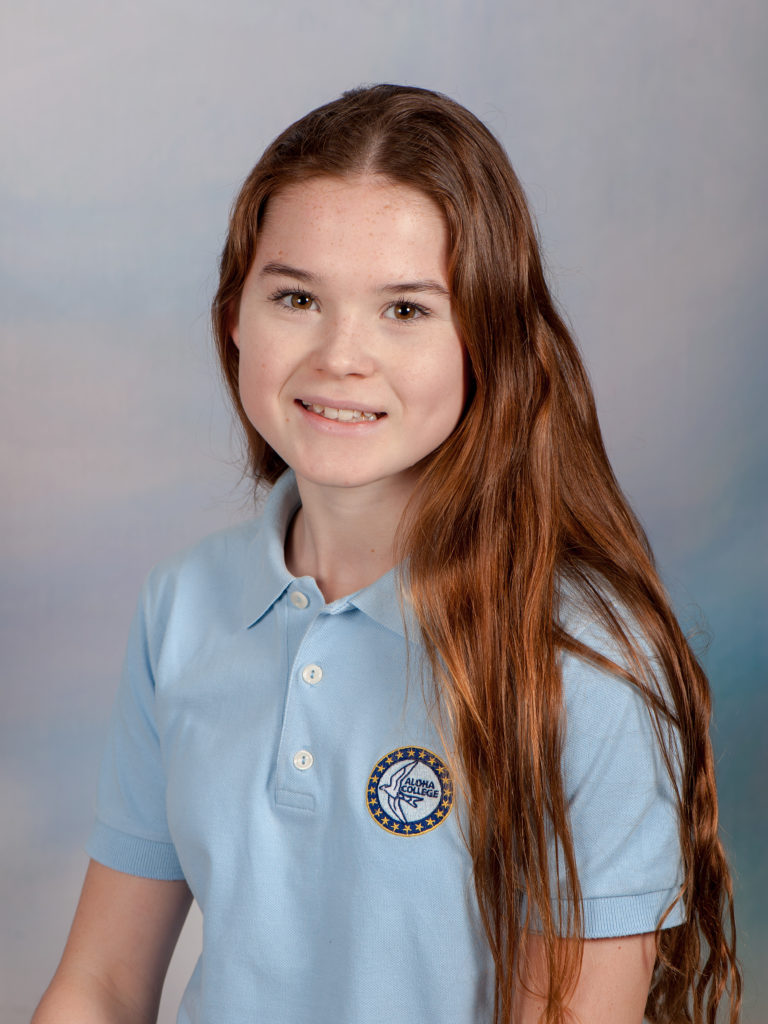
Florence Sargent
10DMO


